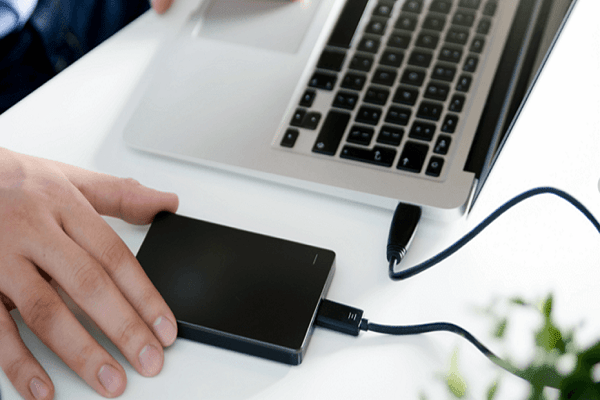Multi-Factor Authentication (MFA) emerges as a critical defense mechanism in cybersecurity, offering an added layer of security beyond traditional username and password combinations. By requiring users to present two or more verification aspects to gain access to resources, multifactor authentication mfa effectively mitigates the risk of unauthorized access. This comprehensive exploration delves into the three pivotal factors of such mechanisms, illustrating how they collectively fortify security measures and safeguard sensitive information.
Contents
Knowledge Factors: What Users Know
The first is the knowledge dimension, which is about the user’s knowledge, such as a password, PIN, or reply to a security query. Despite being the most traditional form of authentication, these aspects no longer suffice in the face of sophisticated cyber threats. However, when integrated into an authentication strategy, they play a crucial role in creating a multi-layered defense. The strength of these features lies in their simplicity and familiarity, making them a user-friendly entry point for securing access.
Possession Factors: What Users Have
Possession factors introduce a tangible dimension to authentication, requiring users to prove ownership of something they have. This category includes mobile devices, security tokens, smart cards, and other physical devices that generate or receive a unique code. The dynamic nature of this aspect, often involving one-time passwords (OTPs) sent via SMS or generated by an authenticator app, adds a robust layer of security. Even if a password is compromised, the absence of the required physical device poses a significant barrier to potential intruders.
Inherence Factors: Who Users Are
The third pillar, inherence, is an important aspect that leverages unique biological characteristics to confirm identity. This includes biometric verification methods such as fingerprint scans, facial recognition, voice recognition, and iris scans. The inherent uniqueness of biometric data makes inherence facets incredibly secure and challenging to replicate. Moreover, the convenience and speed of biometric authentication enhance user experience, merging security with efficiency.
The Synergy of MFA Elements
Integrating knowledge, possession, and inherence as features in MFA creates a formidable security structure that significantly reduces the likelihood of unauthorized access. This synergy ensures that even if one of these is compromised, the additional layers maintain the integrity of security defenses. Organizations adopting this tool benefit from a versatile security solution adaptable to various risk levels and user scenarios.
Challenges and Considerations in Implementing MFA
Implementing this mechanism is not without its challenges. Cost, user convenience, and technological limitations must be carefully balanced. Ensuring user compliance and understanding is critical, as the effectiveness of such security elements is contingent upon consistent use across all access points. Organizations must also consider the scalability of these solutions to accommodate growth and evolving security threats.
Also read: Explore the Prominent Features of Top AI-Based Test Automation Tools
Future Trends in MFA Technology
As cyber threats evolve, so too do MFA technologies. Innovations such as adaptive authentication, which adjusts the required level of authentication based on contextual aspects, promise further to refine the balance between security and user convenience. The future of this authentication lies in leveraging progress in artificial intelligence and machine learning to develop more sophisticated, user-friendly authentication methods.
The deployment of multifactor authentication mfa serves as a cornerstone in the architecture of modern cybersecurity defenses, bridging the gap between user convenience and stringent security protocols. As digital interactions become increasingly pervasive, the reliance on the tool to protect against identity theft and cyber-attacks becomes more critical. Its ability to adapt to the evolving tactics of cybercriminals through continuous innovation and integration of cutting-edge technologies ensures that MFA remains an indispensable tool in the arsenal against cyber threats. This dedication to innovation fortifies the security perimeter and fosters a culture of security understanding and resilience within organizations.




